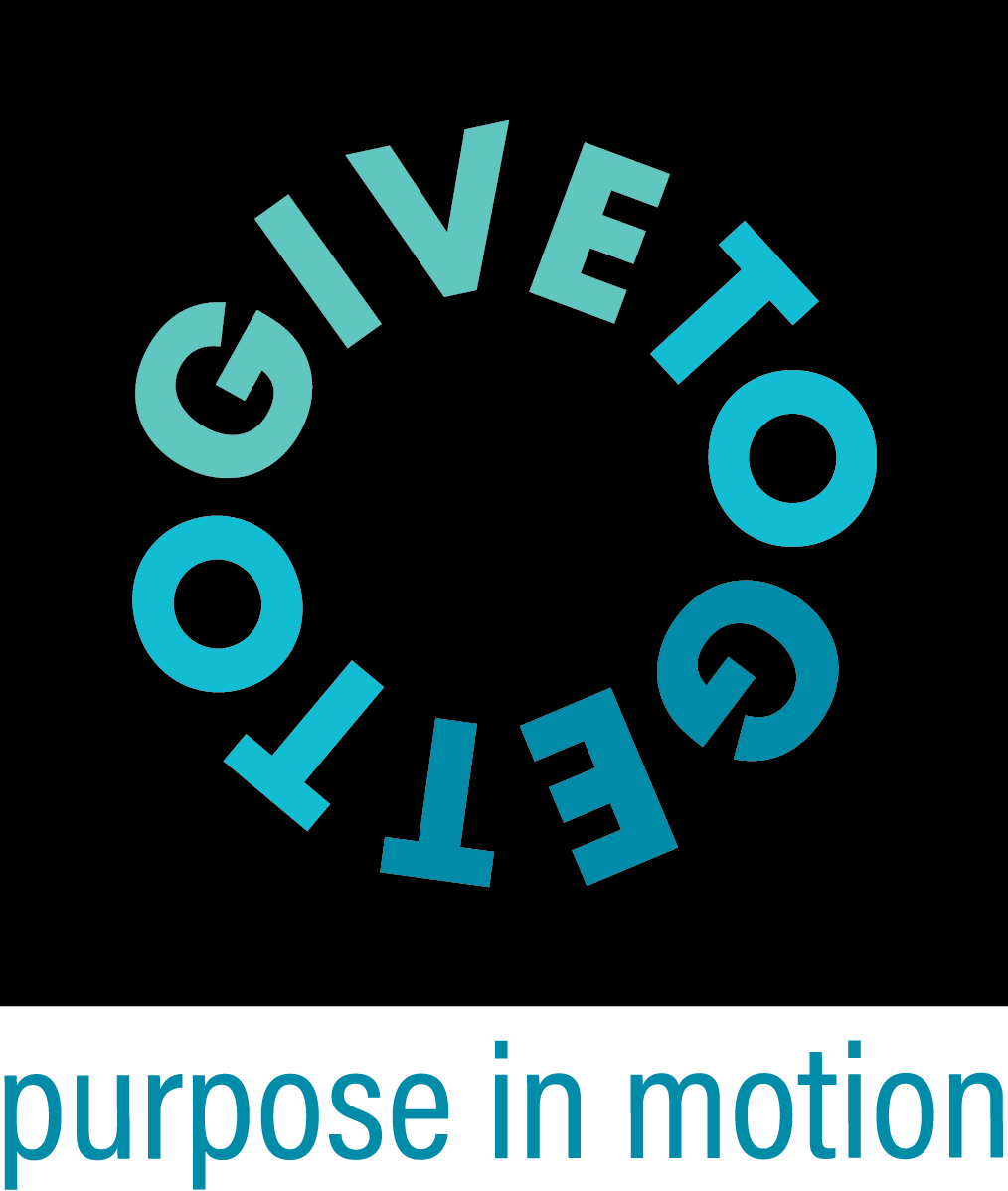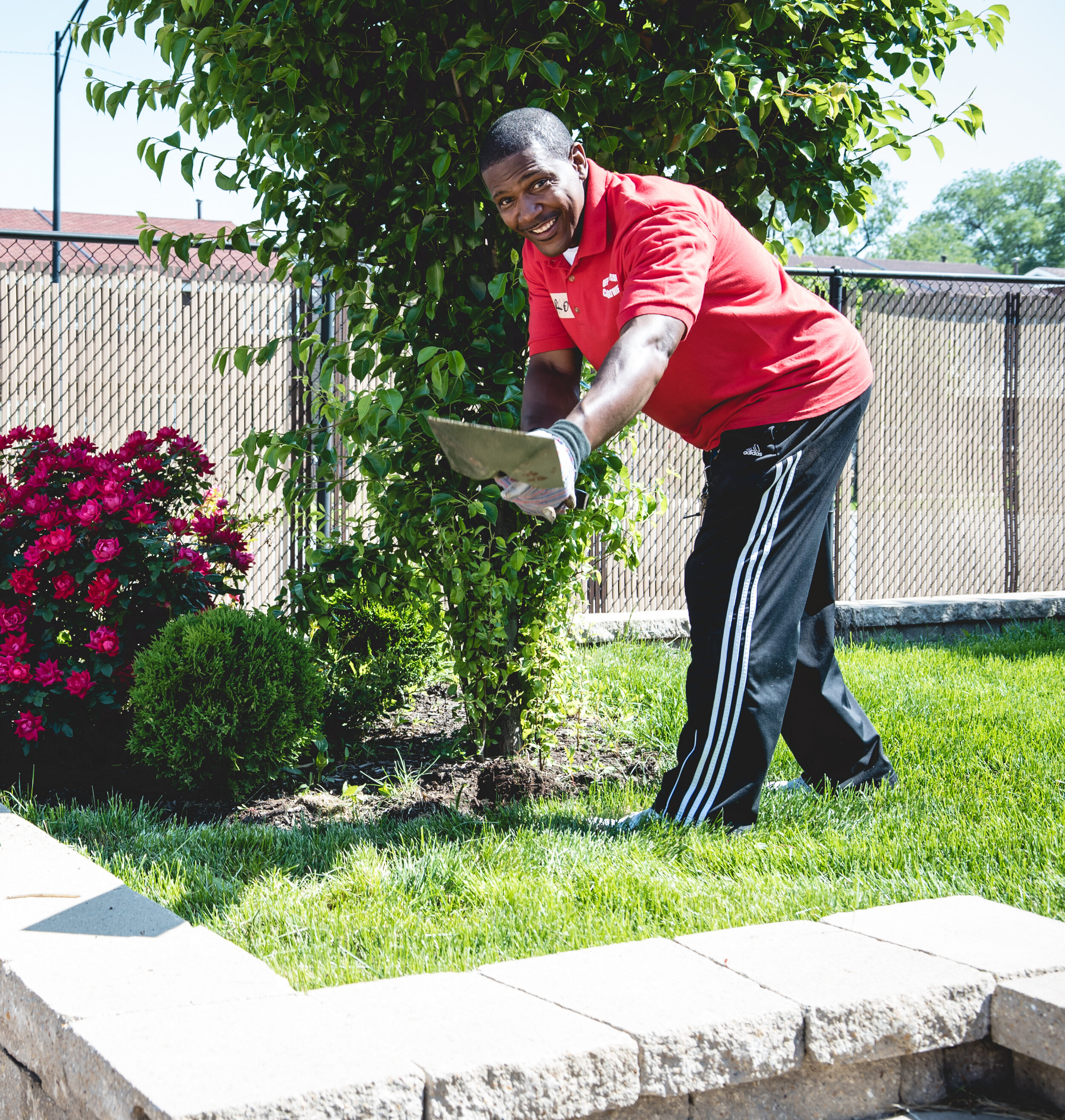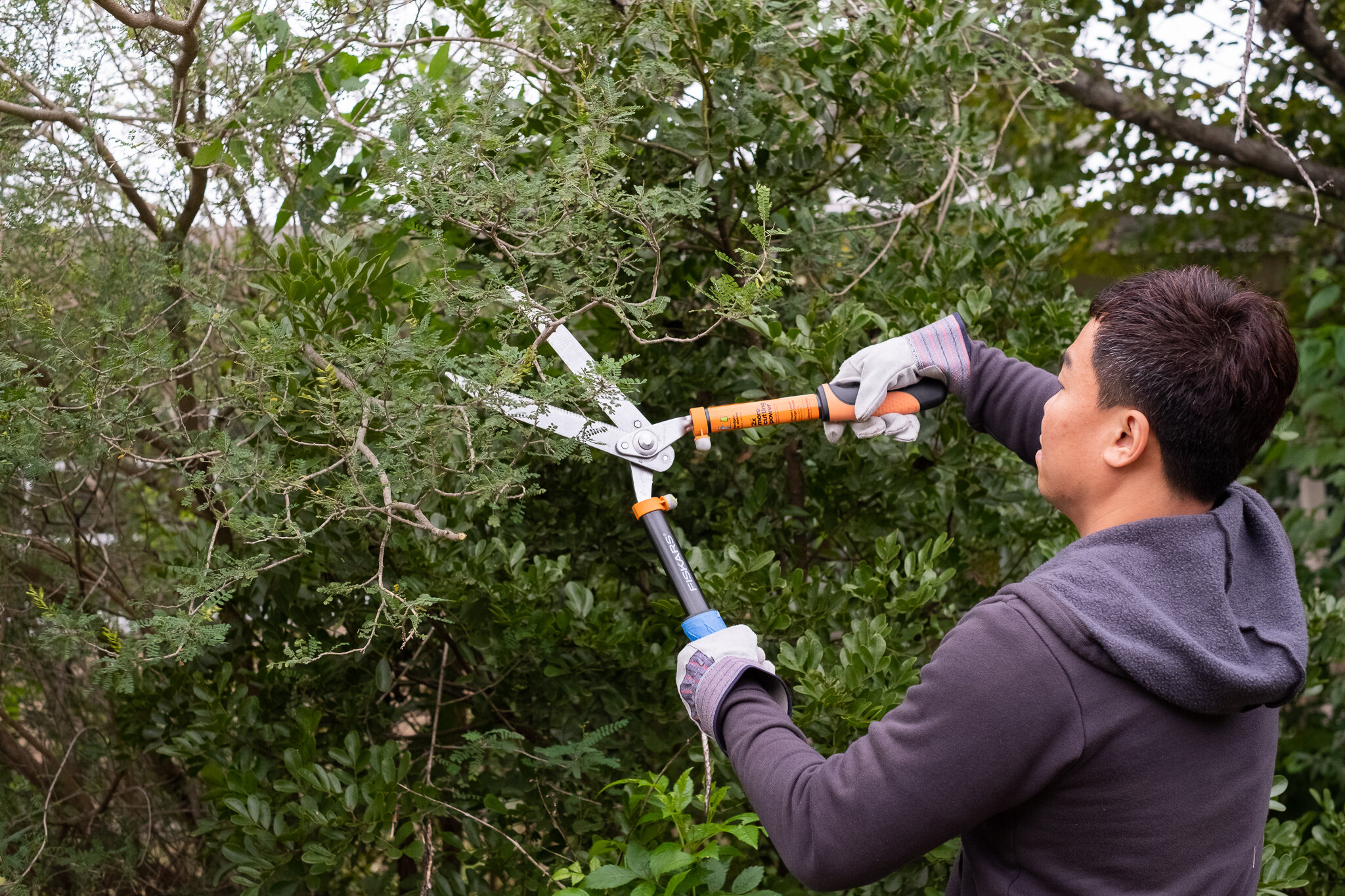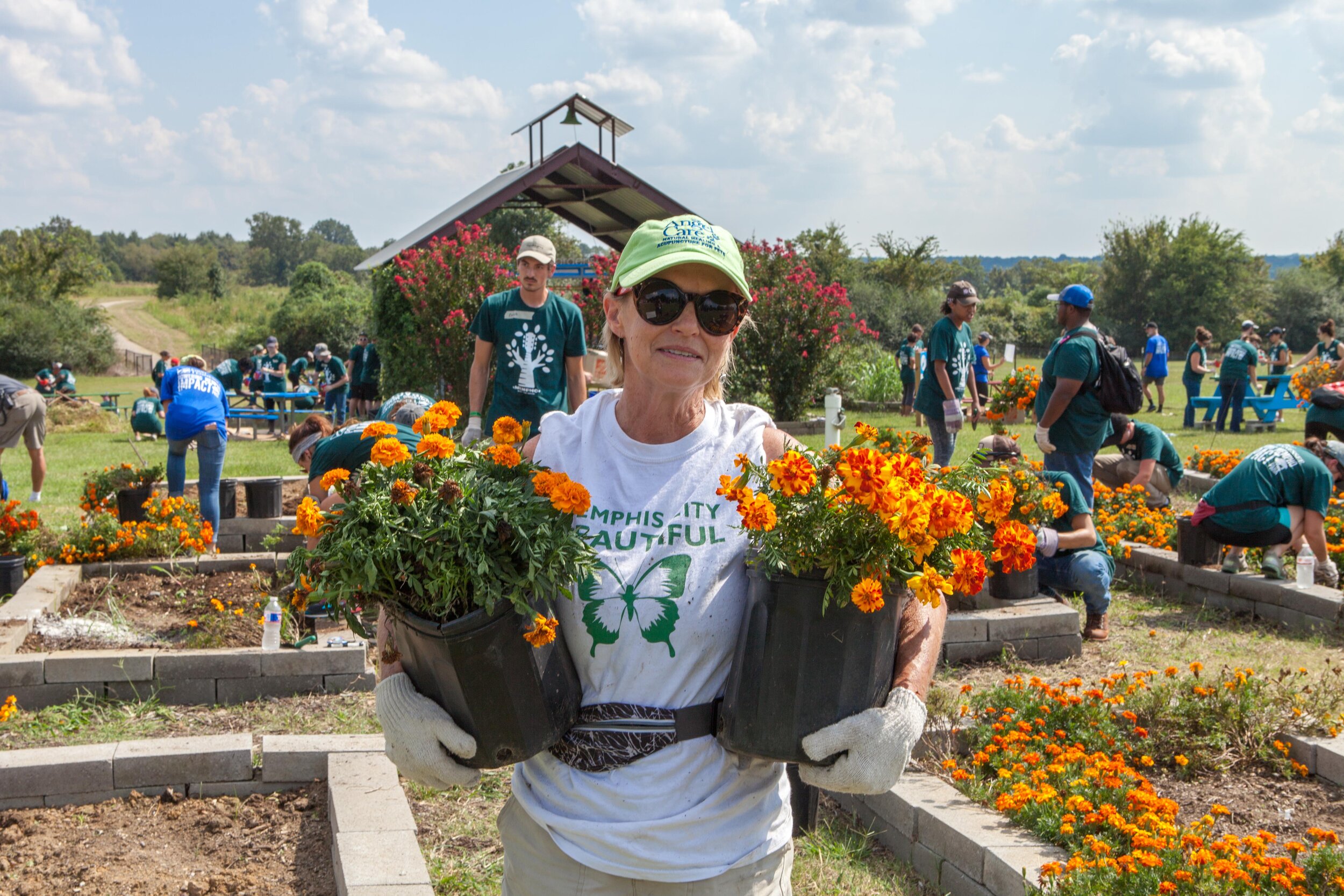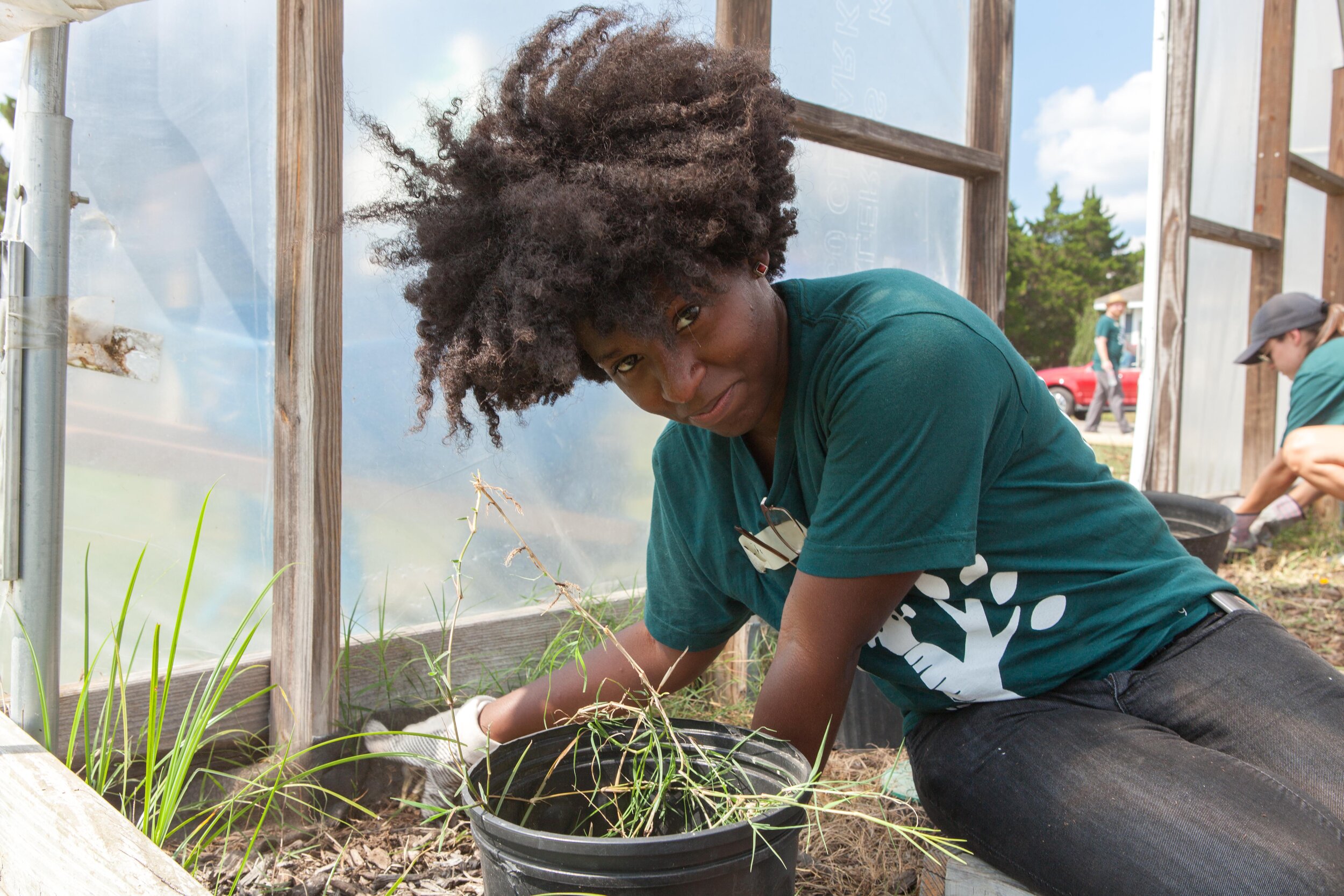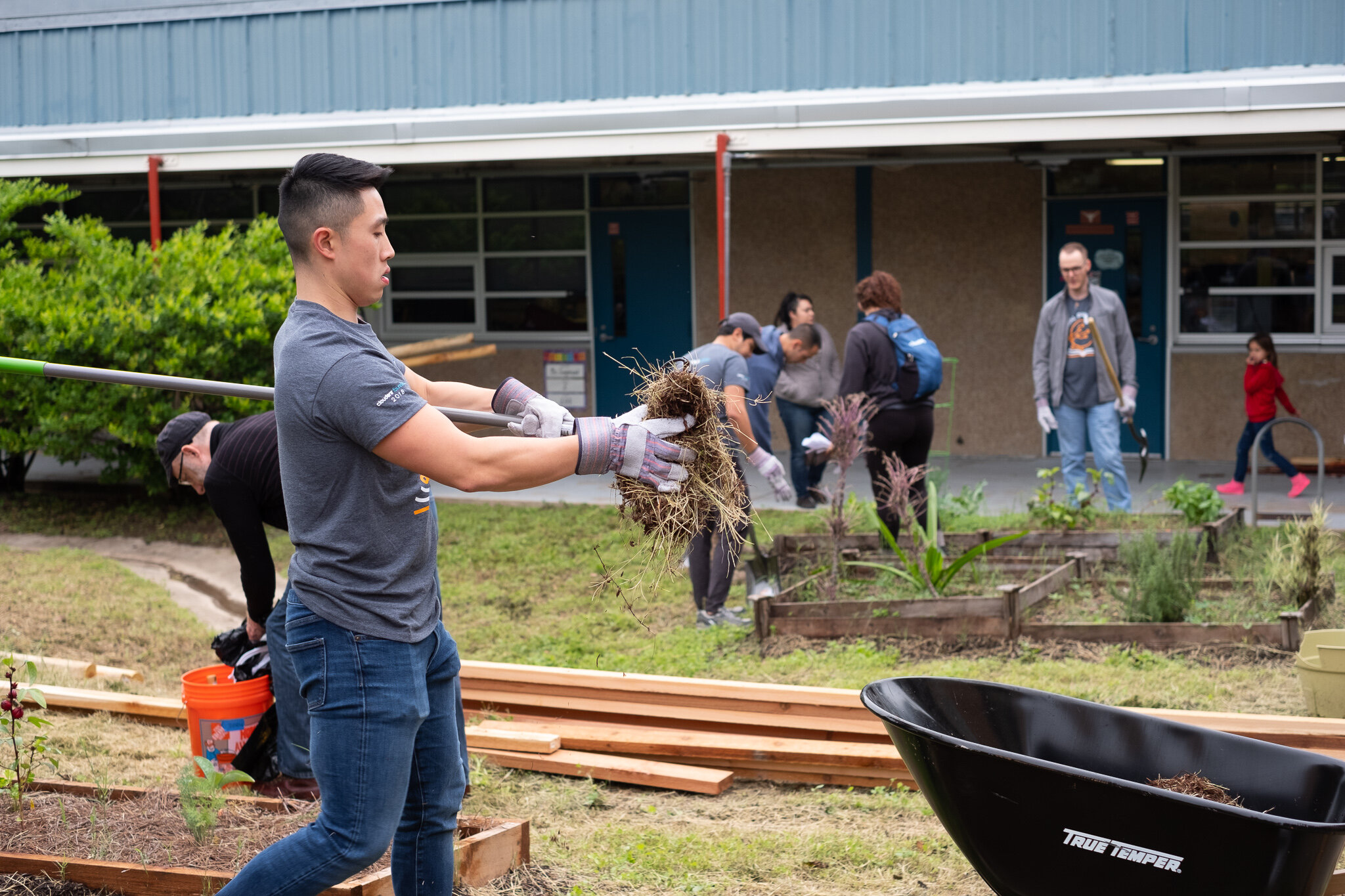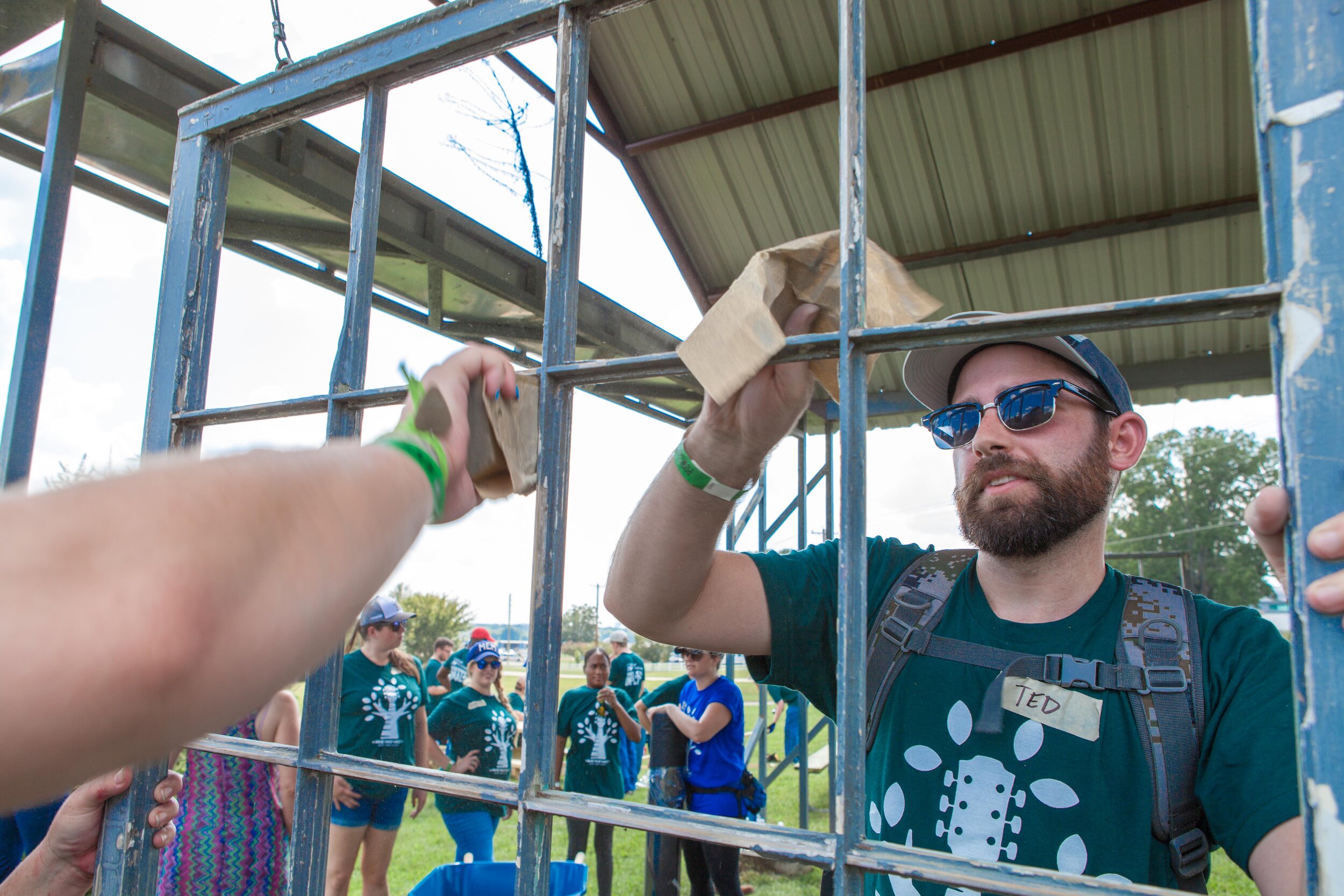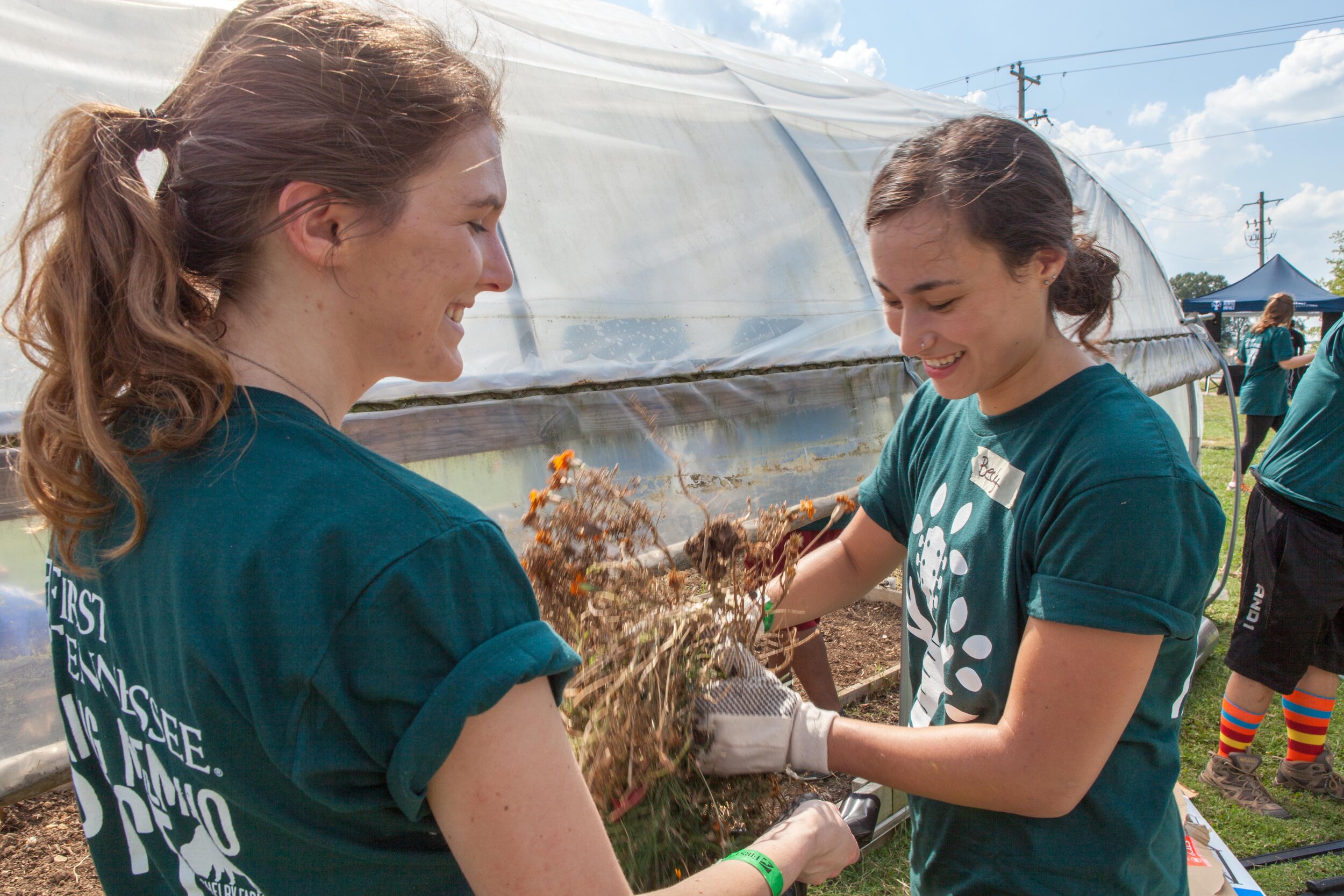Corporate Social Responsibility Will Catalyze Corporate Culture after COVID
It’s been a weird year, but Spring is in the air and renewal is upon us. People are getting vaccinated and business leaders are trying to figure out what that means for office life and business “as-usual”. On top of that, social movements have focused our attention on built-in inequalities that are driving conversation in brand new ways.
As Peter Drucker famously said – “Culture eats strategy for breakfast.” No matter what business you are in, you need lots of people to help make it happen. Culture is the engine for that. And now that we are back together under new paradigms and purposes, catalyzing culture at work is taking center stage.
We are here to say that CSR and social impact are the BEST way to jump-start your culture. We have seen it for decades. Happy hours and softball games are awesome, but they aren’t sufficient.
Here are four good reasons why CSR is the magic beans of re-growing your culture:
They meet the moment: After a year of loss, everyone has sacrificed in some regard. Those who have kept their jobs may have felt called to give back to their community members who were suffering, but were not able to because of fear for their own health or that of loved ones. However, employers can empower their people to give back by completing volunteer events like packing backpacks for children returning to school or filling hygiene kits for those experiencing homelessness. Your employees are the lucky ones – give them a chance to express it through giving.
They orient team members on a return to work: Surveys regarding employees’ feelings about a return-to-work are starting to circulate, which is raising some employees’ anxiety levels. How will they navigate their offices? How will their employers keep them safe?
A well-run, safe volunteer program, hosted on the employer’s campus, can alleviate fears. Much like touring a school before the year begins, this event should orient employees to the spaces that they will be working in, give them time to ask questions, and more.
Ideally, employees would book a time to volunteer outside their building or in large, well-ventilated space like a lobby. Once they’ve completed their volunteer objectives, they should be given the opportunity to take a tour, learn more about safety improvements, and discuss how future public health issues, like coronavirus flareups, will be handled in the future.
They lessen social anxiety: With nearly 600,000 Americans dead from a communicable disease that can be spread easily, it’s not surprising that people are hesitant to interact with those they don’t know well or haven’t seen in a long time, including co-workers. They may have a hard time evaluating how to greet a co-worker — a handshake, a fist bump, or an elbow bump? Knowing that everyone’s experience over the last year has been different, they may not know what to discuss either.
The awkwardness can be put on hold by making sure that hands are busy planting vegetables in community gardens, painting murals at a community rec center that straddles a park, or building picnic tables in a forest preserve. Music from DJs can boost employees’ moods.
They kept us together for the past year: We don’t know about you, but finding ways to help each other through all of this was the glue that kept us together (that and Netflix). We created virtual opportunities for thousands when we couldn’t go anywhere, and everyone told us that it was a saving grace. In some ways, it even brought people closer. That can still happen when we are actually closer.
This article was originally published on Thrive Global. To learn more about our offerings, visit our services page.
